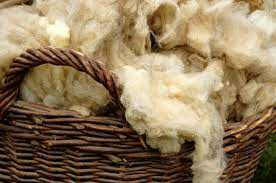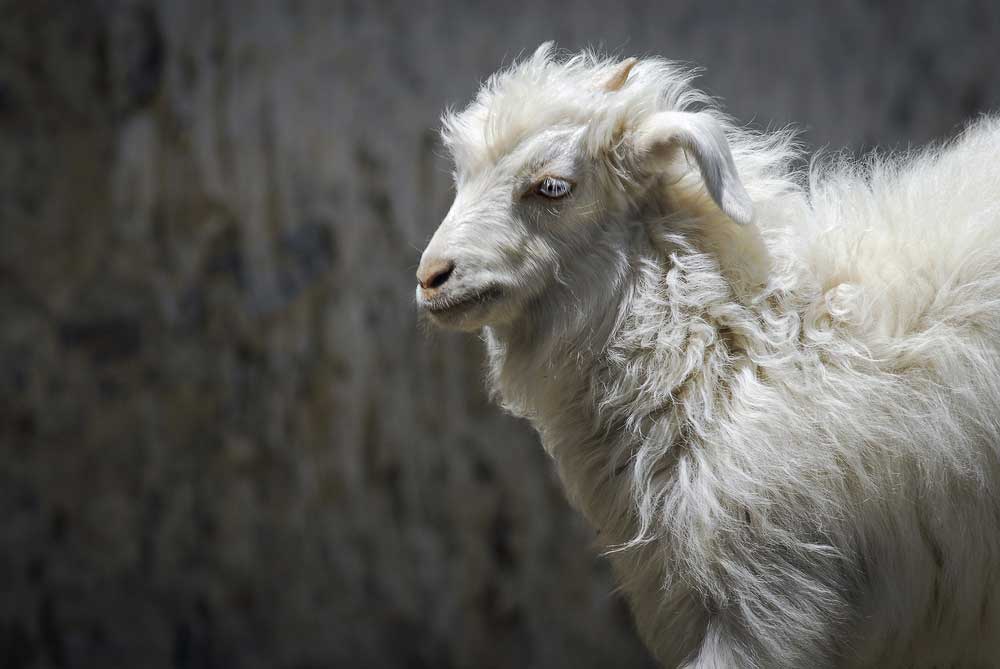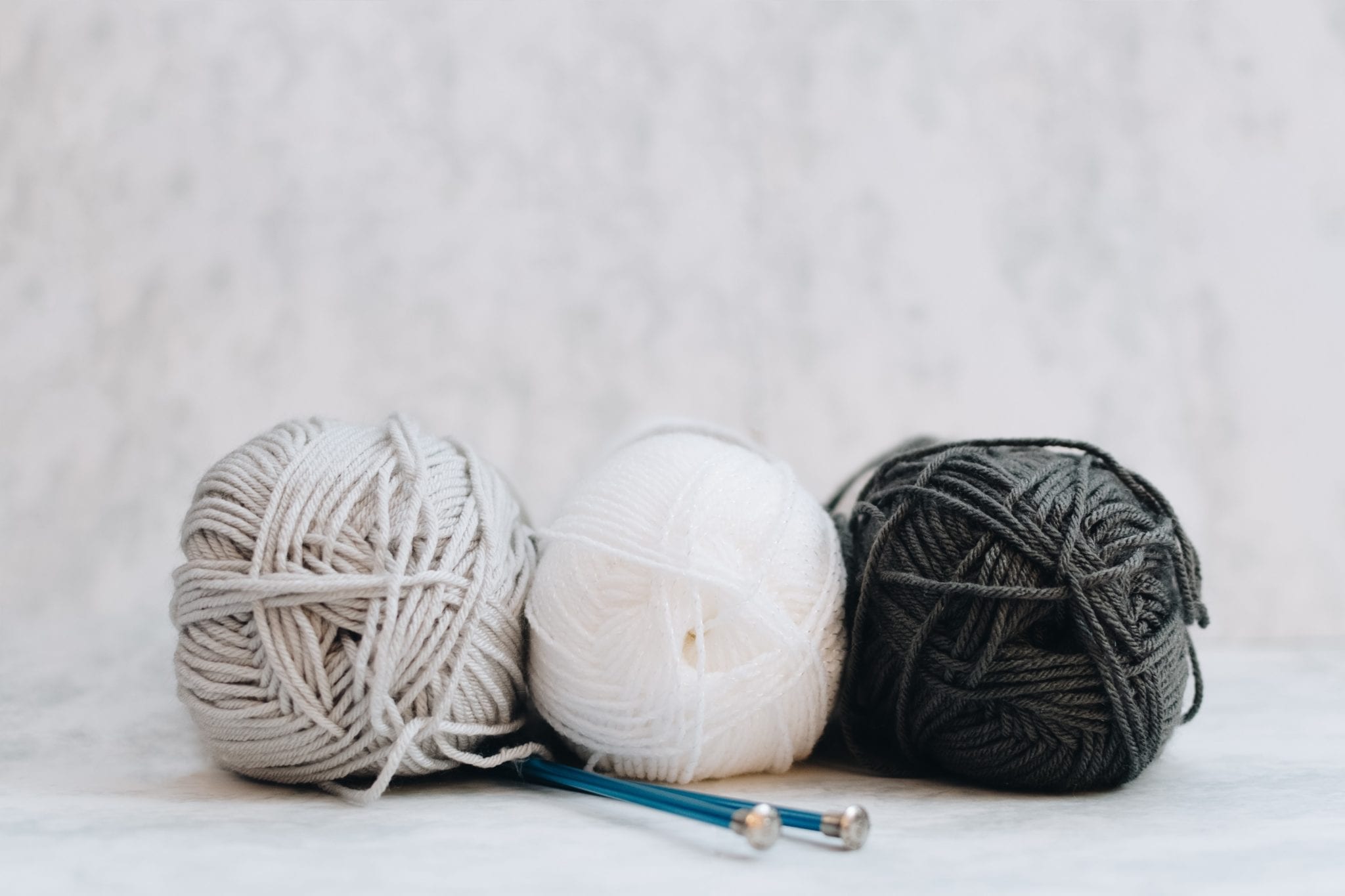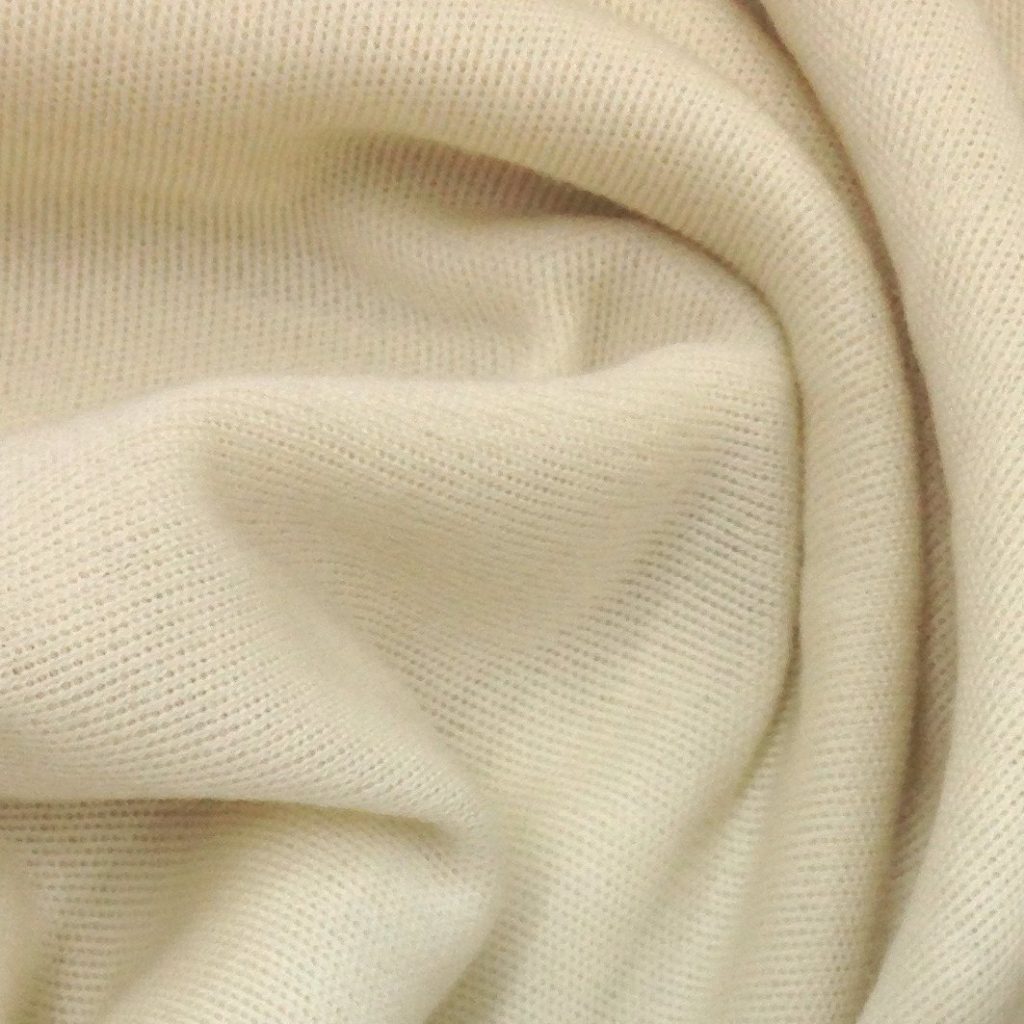What You Need to Know About Wool: Material Guide
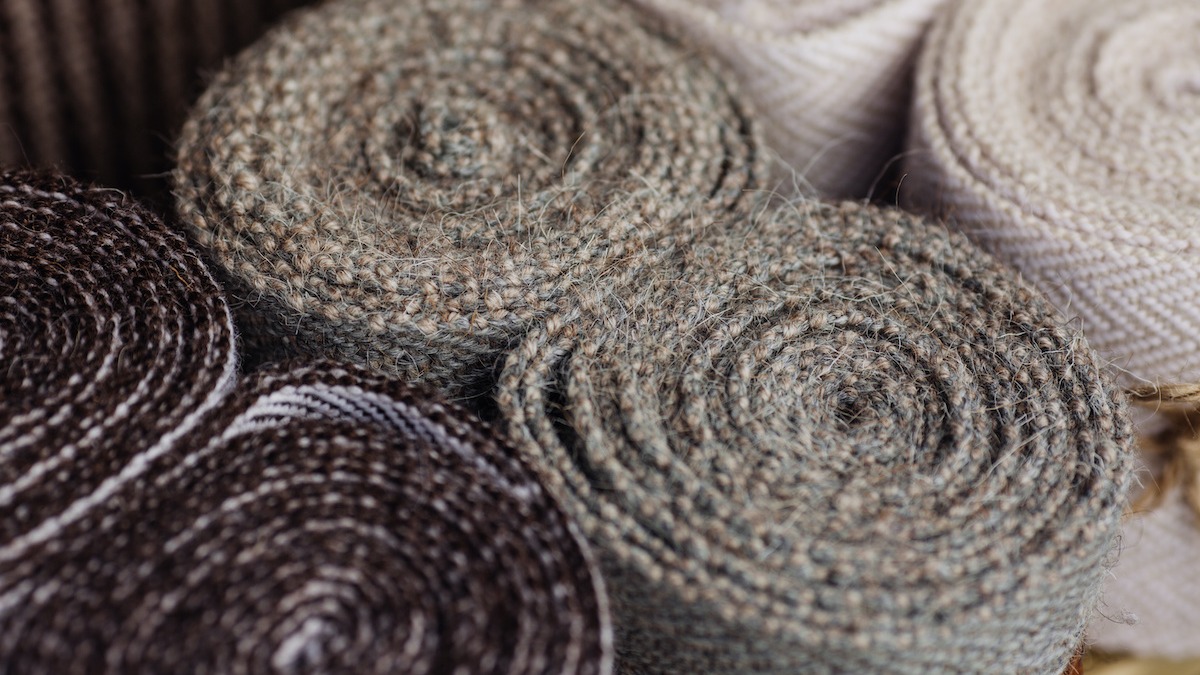
Ammy Harryy, a devoted advocate for sustainable fashion and mindful…
Have you ever wondered what wool is made of? Or how it’s different from other materials? This blog post will provide a comprehensive guide to wool and its many properties.
Wool is a natural fiber that has been used for centuries for clothing, blankets, and other textiles. It is known for its insulation properties, durability, and fire resistance.
Wool is a versatile material that can be used for various applications, from clothing to home decor.
This guide will discuss the different types of wool, the benefits of using wool, and how to care for your wool products.
Read on to learn more about this amazing material!
What is Wool?
Wool is a natural fiber that is obtained from sheep and other animals. It is composed of protein and is considered the strongest of all-natural fibers. Wool is often used in clothing, camel hair garments, upholstery, and carpets.
Wool has many characteristics that make it an ideal material for various applications. It is durable, flame-resistant, and absorbs moisture well. Wool is also resistant to static electricity, making it a good choice for use in carpets and clothing. In addition, wool is an excellent insulator and can help regulate body temperature.
There are a few things to keep in mind when caring for wool items. Wool should be washed gently in cool water, and it is important to avoid using harsh detergents.
It is best to air dry wool items, as heat can cause them to shrink. When storing wool garments, it is important to protect them from moths, which can cause damage.
Types of Wool fibers
There are many types of wool, each with its characteristics. The most common type of wool is Merino wool, used in a wide variety of garments. Other popular types of wool include cashmere, angora, alpaca, shetland wool, etc.
Merino Wool:
Merino wool is the most popular type of wool. It is soft, durable, and easy to care for. Derived from the Merino sheep, it is often used for sweaters, shirts, and other garments worn close to the skin.
Merino wool is an excellent choice for clothing because it is soft, not itchy, and easy to care for. It is also a good choice for those with sensitive skin.
Cashmere wool:
Cashmere is a softer, more delicate type of wool. It is often used in high-end garments such as sweaters and scarves. It comes from cashmere goats and is a lightweight wool fabric.
Cashmere is best used for garments worn close to the skin, such as sweaters and scarves. It is also a good choice for hats, gloves, and other accessories.
Alpaca:
Alpaca wool is similar to cashmere, but it is less expensive. It is often used in sweaters, scarves, and other garments worn close to the skin.
This wool is one of the most popular types because it is relatively inexpensive and easy to find. Alpaca wool is also hypoallergenic, making it a good choice for people with sensitive skin.
Angora:
Angora wool is very soft and has a silky texture. It is often used in sweaters, hats, scarves, and other garments worn close to the skin. Angora wool is a good choice for those with sensitive skin.
The benefits of wool include its ability to regulate body temperature, absorb moisture, resist wrinkles, and repel dirt and stains. Wool is also a durable fabric that can last for many years with proper care.
Each type of wool has different characteristics, so it is important to choose the right type of wool for your project. If you are unsure of which type of wool to use, consult a professional.
Mohair wool:
Mohair wool refers to the hair of the Angora goat. It is one of the most expensive wools globally and is often used in high-end garments.
Mohair is known for its softness, luster, and durability. It is often used in clothing such as sweaters, coats, and scarves. Mohair is also used in upholstery, drapery, and carpets.
The fiber is often blended with other fibers such as wool or cashmere to create a softer fabric.
Mohair is graded on a 1-12, with one being the coarsest and 12 the finest. Fine wool is used in garments, while the coarser grades are used in upholstery and other applications.
History of Wool
Wool has been used by humans for centuries, and its history is both long and complex. Early evidence of wool used comes from the Catalogue of Radiocarbon Dates, which lists a sample of twisted fibers dated to c. 34,000 BCE from Paviland Cave in southwest Wales.
This early date indicates that woolen textiles were produced much earlier than previously thought.
The use of wool continued to spread, and by the Middle Ages, it was an important industry in many parts of Europe.
In England, for example, the town of Bradford became known as a center for wool production. The industry reached its height in the 16th century when England was producing over half a million pounds of wool each year.
However, the English Civil War and the following years of political unrest severely damaged the wool industry.
In 1666, the Great Fire of London destroyed many of the city’s woolen mills, and production never fully recovered.
The industry continued to decline throughout the 18th, and 19th centuries as cheaper, synthetic fibers were developed.
Today, wool is still used to make clothing and other textile products, representing a small fraction of the global market.
However, its history is still an important part of human culture, and it remains an iconic material associated with warmth and comfort.
How Sustainable is Wool Fabric?
As more and more consumers become aware of their clothing choices’ impact on the environment, they are beginning to seek out sustainable fibers like wool. But how sustainable is the wool fabric?
To begin with, it is important to understand that there are different types of wool. Merino wool, for example, is a type of wool that comes from a specific breed of sheep and is often considered the highest quality wool.
This is the type of wool most often used in high-end clothing and is known for being incredibly soft and durable.
While all types of wool are sustainable, merino wool is one of the most sustainable options because it is biodegradable and renewable.
Merino wool fibers can be broken down by bacteria, which will eventually decompose.
Additionally, merino wool is a natural fiber that does not require the use of pesticides or other harsh chemicals during its growth.
Wool fabric is also incredibly durable, which means that clothing made from wool will last longer and will not need to be replaced as often.
This reduces the amount of clothing that ends up in landfills, furthering the sustainable credentials of wool.
What makes the Wool fabric a sustainable option?
The answer lies in the fact that wool is a natural fiber. Wool is derived from sheep and other animals and does not require any harsh chemicals or treatments to be turned into fabric.
In addition, wool is a very durable material, which means that garments made from wool will last longer than those made from synthetic fibers.
As a result, you won’t have to replace your wool clothes as often, saving resources and reducing waste.
Wool is also a renewable resource, as sheep can be shorn every year. This means there is no need to harvest new materials to produce wool fabric, making it a sustainable choice.
In addition to being sustainable, wool is also an excellent insulator. Wool fabrics can help regulate body temperature, keeping you warm in winter and cool in summer.
This makes wool garments ideal for various activities, from hiking and camping to everyday wear.
How is Wool turned into a fabric?
Making wool into a fabric is called textile production in wool textiles. The first step is to shear the sheep, which involves cutting the wool with large electric clippers. Shearing is typically done once a year, in the spring.
The next step is to wash the virgin wool. This removes any dirt, grass, or other debris clinging to the fibers. The sheep’s wool is then dyed if desired.
After the wool is washed and dyed, it is ready to be spun into yarn. This process involves twisting the fibers together to create a long, continuous strand.
The type of spinning method used will determine the thickness of the final yarn.
Once the yarn is spun, it can be used to weave or knit fabric. Fabric is made by interlocking the wool yarn strands together in various patterns.
The most common woven fabrics are made on a loom, while knitted fabrics are made with needles.
The final step in the textile production process is finishing. This involves treating the worsted wool to make it softer, smoother, and more durable. Fabric can be finished with chemicals, heat, or steam.
There are two types of wool fibers: the longer outer fibers, called guard hairs, and the shorter inner fibers.
The guard hairs protect the sheep from predators and the elements, while the inner fibers are used to make wool fabrics.
Wool is a natural protein fiber that can be used to make a variety of different fabrics. Fabric made from wool is typically soft, durable, and warm. It is also resistant to wrinkles and static electricity.
The pros of Wool
Let’s consider the pros!
1. Wool is a warm and insulating material, making it ideal for cold-weather clothing.
2. Wool is naturally fire-resistant, so it’s a great choice for fabrics that will be close to open flames or heat sources.
3. Wool is naturally stain resistant, so it’s a good fabric for items that may come into contact with dirt or spills.
4. Wool is a breathable fabric, so it’s comfortable to wear in warm weather and cold.
5. Wool is a durable fabric that will last longer than some other materials.
6. Wool is a natural fiber, biodegradable and renewable.
The cons of Wool fibers
Here are the cons!
1) Some people are allergic to wool fibers. These people may experience itchiness and redness when they wear wool clothing.
2) Wool is a natural fiber, and therefore it is subject to shrinking when exposed to heat or moisture. This means that you have to take extra care when washing and drying wool clothing.
3) Wool fibers are not as cheap as synthetic fibers. This means that wool clothing can be more expensive than other types of clothing.
4) Wool fibers are better at insulating against heat than cooling the body. This means that wool clothing may not be suitable for hot climates.
So, what’s the verdict?
Wool is a natural fiber that comes from the fleece of sheep or lamb. It is one of the oldest textiles globally and has been used for clothing, bedding, and other purposes for centuries. Wool can be made into a variety of products, including yarns, fabrics, felt, and roving
There are many different types of wool fibers, each with its unique properties. Wool is often considered to be a high-quality textile because it is durable, breathable, and insulating.
Manufacturers often use wool in their products because it helps to improve performance and comfort.
The impact of wool
Here are the detailed impacts!
Impact of wool on planet
The impact of wool on the environment is both positive and negative. On the one hand, wool is a sustainable and biodegradable material that can reuse or recycle.
On the other hand, wool production requires significant amounts of energy and water and generates pollution.
The most significant environmental impacts of wool production come from sheep farming. Sheep grazing can lead to soil erosion, and the overgrazing of pastureland can damage ecosystems. The use of pesticides and herbicides on sheep farms can also pollute waterways.
Wool processing also has environmental impacts. The most common cleaning method is called scouring, which involves washing the wool in hot water with harsh chemicals.
This process can pollute rivers and streams. Dyeing wool also uses large amounts of water and energy, and generates pollution.
Despite its environmental impacts, wool is still considered a sustainable material. Unlike synthetic fabrics, wool is biodegradable and can be reused or recycled. Wool is also a natural insulator, which means it can help to reduce energy consumption.
When choosing wool products, look for those certified by organizations such as the Global Organic Textile Standard (GOTS) or the Responsible Wool Standard (RWS).
These standards ensure that the wool has been produced to minimize environmental impacts.
Wool production, therefore, needs to be managed in a way that minimizes its environmental impacts. This can be done through several measures, such as:
Improving grazing practices:
This includes rotational grazing, which can help to prevent overgrazing and soil erosion.
Reducing the use of chemicals:
This can be done by using more environmentally friendly products or finding alternative wool processing methods that do not use chemicals.
Minimizing greenhouse gas emissions:
This can be done by using more efficient methods of wool production or by offsetting emissions through carbon trading schemes.
Supporting sustainable initiatives:
This includes initiatives that promote the use of sustainable practices in wool production or support the development of new technologies that reduce the environmental impact of wool production.
Impact of wool on animals and people’s
The wool of sheep has been used for centuries to make clothing and other items. Sheep are shorn (have their wool cut off) once or twice a year, and the wool is then used to make things like sweaters, socks, and blankets.
Wool is an excellent insulator and can help keep people warm in cold weather. It is also fire-resistant and can be used to make clothing that will help protect people in case of a fire.
Wool is also sometimes used in medical settings. For example, wool bandages can be used to help heal wounds. And woolen blankets have been shown to help reduce the pain of arthritis.
Some people are allergic to wool, however. If you are allergic to wool, you may experience itching, redness, and swelling when you contact it.
You may also react if you wear clothing made of wool.Talk to your doctor if you think you might be allergic to wool.
More Sustainable Guide You’ll Love to read:
Apple Leather Fabric Guide (Everything You Want to Know)
Sustainable Viscose Fabric Material Guide
Seacell Fabrics Material Guide For Fashion Designer
Cork leather, a Sustainable material?
Get to know about Econyl Fabric
Vegetable Tanned Leather Material Guide
A Details Guide On Silk Fabric Material
A Details Guide On Down Fabric Material
What Is Camel Fabric,How It Made?(Everyhing You Want To Know)
Details Material Guide On Cashmere Fabric
What is Alpaca Wool Fabric? History, How It’s Made
Recycled Polyester Fabric Details Guide
Cupro Fabric Material Guide (Is It Sustainable?)
Woocoa Fabric Material Guide (Why It’s Expensive)
Organic Bamboo Fabric Guide (Eco Friendly)
Modal Fabric Guide (Everything You Need to Know)
Sustainable Ecovero Fabric Material Guide (All Details)
Details Material Guide On Pinatex Fabric
A Details Guide To Scoby Leather Fabric
Ammy Harryy, a devoted advocate for sustainable fashion and mindful living, exudes a profound passion for nature and the environment. Her mission intertwines style and consciousness, inspiring eco-friendly choices. With her words, Ammy envisions a world where fashion harmonizes with the planet, urging readers to take small steps toward a greener future.





